
The War to Resist US Aggression and Aid Korea "King Kong River " uses a multi-angle narrative, presented from the perspectives of "soldiers", "opponents", and "anti-aircraft artillery squads".
Many online critics believe that the plot of the movie is too simple and not worthy of being presented from multiple angles. I feel okay, but because of the "leakage" of the previous angle, the impact of the subsequent plot is weakened.
But the word "opponent" is too inappropriate! How can one be politely called an "opponent" when two countries are fighting against each other?

The story of the movie is relatively simple: July 12, 1953, the day before the decisive battle of to resist U.S. aggression and aid Korea . The volunteers quickly marched towards Jincheng. The rapid water under the Kumgang River blocked the approach of one of the "Yanshan Division". The engineer company was ordered to build the bridge, and the anti-aircraft artillery squad provided support. The Yanshan Department was waiting for an opportunity to cross the bridge, and the US Air Force frantically bombed the bridge.
There are no amazing strategies, no surprise tactics, just blowing up bridges, repairing bridges, and crossing bridges. The only confrontation came from the few artillery shells from the anti-aircraft artillery squad.
The victory in the War to Resist US Aggression and Aid Korea was composed of countless such "small battles". Since there is no air force support, air supremacy belongs to the US military. It is also an objective fact that the local "people are the swordsmen and we are the flesh and blood".

The truth is more "people are for the sword and I am for the fish" than the movie. The fact is that there are not even the two anti-aircraft guns in the movie, and there is no anti-aircraft power to support the engineer company in repairing the bridge. The bombers are coming, so you can only hide. If it gets blown up, it gets repaired. If it gets repaired, it gets bombed again. After seven bombings and seven repairs, the Chinese Volunteer Army turned a simple engineering bridge into a "magic bridge" that could not be blown up.

I guess the director also felt that it would be too simple and bland if it was shot entirely based on historical facts. So an anti-aircraft artillery squad was added, increasing the bloody confrontation.
The gunner played by Zhang Yi also has a historical prototype, but on another battlefield. Although his comrades sacrificed themselves and were seriously injured, this combat hero used his last strength to control the anti-aircraft gun alone and shoot down the enemy fighter planes.
The movie combines two stories that happened in different time and space into the same time and space, increasing the conflict and enjoyment. After all, art comes from life and is higher than life.

Zhang Yi performed the heroic spirit of a cautious gunner who did not give in at the last moment, especially when he sang "Surname Zhang, name Fei, word Yide~" while setting up the gun.
Wu Jing gave me some little surprises. Because the roles he played before were all very positive, not only positive characters, but also perfect without flaws. This time he plays an experienced but a bit unruly artilleryman, a bit of a bad guy, which complements Zhang Yi's character.

The following is the complaint part:
The last US military pilot was so moved when he saw the human bridge built by the Chinese volunteers that he did not carry out the mission of blowing up the bridge.
Judging from the narrative logic of the movie, it seems that the pilot was moved by compassion and did not blow up the bridge, so the troops were able to cross the bridge smoothly. It looked very unpleasant.

There is also the human bridge, which really shocks people's hearts and makes their noses sore. That's what the saying "use our flesh and blood to build a new Great Wall" is all about.
Although shocking, I personally feel that this "sublimation" is too much. How did the human bridge stay in place in the fast-flowing river? How did the soldiers who were building the bridge piles underwater hold their breath for so long? How did the soldiers who were working hand in hand to build the bridge maintain their balance? Aren't you afraid of explosion when so many people gather together?
I personally think it is worth watching. At least for me, it made me look up relevant historical facts and understand a little more about the War to Resist US Aggression and Aid Korea.
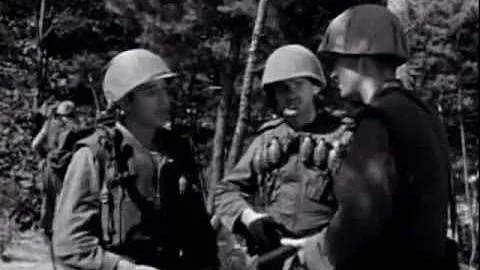

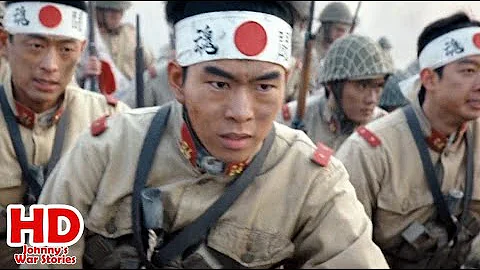
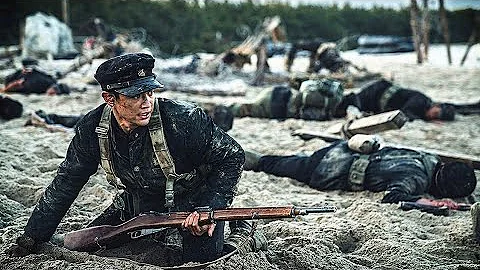
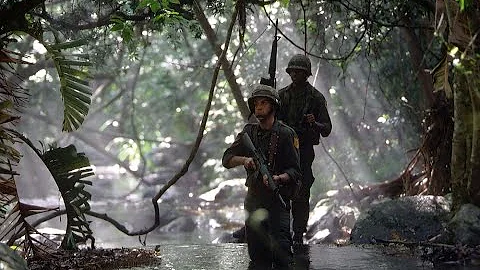
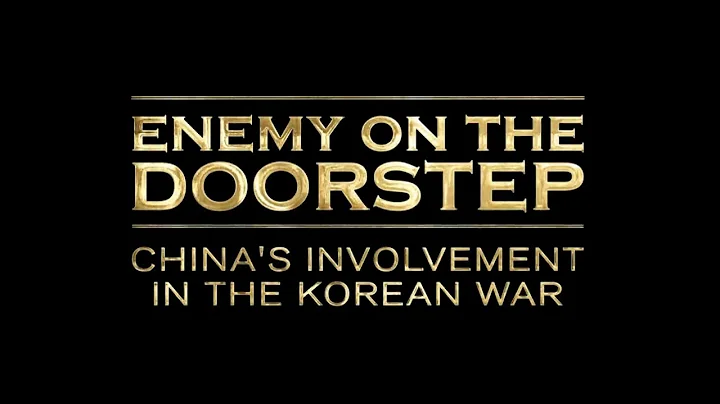



![Korea War battle - Longyuan Hill Defense [Eng Sub] 龙缘峰守卫战 - DayDayNews](https://i.ytimg.com/vi/wnmEHWmTu2g/hqdefault.jpg?sqp=-oaymwEcCOADEI4CSFXyq4qpAw4IARUAAIhCGAFwAcABBg==&rs=AOn4CLBFroP4y4-xffRxcHl8R3RWunvZ_g)











